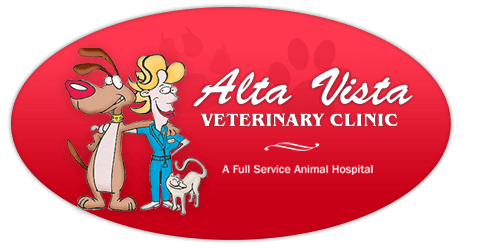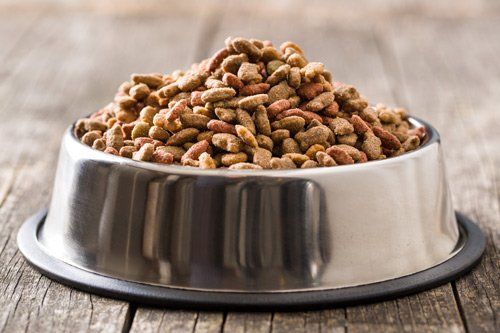Understand Dog Food Labels
Food products must contain labels listing their ingredients. While you may know how to read the labels on the foods that you consume yourself, reading the label on the food you feed to your dog might be more of a challenge.
A balanced and complete diet can help your dog stay healthy and enjoy better skin, teeth, and energy levels. Since the food that you provide is the primary source of nutrition for your pet, you need to learn how to read dog food labels so that you can identify the food that will best meet the nutritional needs of your dog.
Ingredient List
Just as foods intended for human consumption must list ingredients, dog food companies are required to place a list of ingredients on the labels of their products as well. The list is arranged by weight. The heaviest ingredients are listed first. This arrangement allows you to identify the rough percentages of each ingredient that is included in the dog food.
You want quality ingredients to be located near the beginning of the ingredient list. This indicates that the food contains a higher volume of these quality ingredients. Things to look for near the top of the ingredient list include meat, chicken or bone meal, and other proteins.
Byproducts
Don't be alarmed if you spot byproducts in the list of ingredients on the food you provide for your dog. Although humans might balk at the thought of consuming animal byproducts, your dog can actually benefit from many of the byproducts incorporated into dog food.
Organ meats are labeled as byproducts in dog food. These byproducts contain many essential B vitamins and omega fatty acids that can contribute to greater overall health for your dog. In fact, experts suggest that roughly 10%of an active dog's diet should be organ meats.
Contact the manufacturer to find out what they consider to be byproducts, then select a dog food whose byproduct contains valuable organ meats.
Preservatives
You will probably see some ingredients listed that have chemical-sounding names. Some of these ingredients are utilized as preservatives, while others might be artificial colors or stabilizers that help extend the shelf life of the dog food. The FDA has approved the use of these artificial ingredients in small doses that will not cause harm to your dog.
However, you might want to avoid certain preservatives as you shop for a quality food product for your pet. These preservatives include synthetics like BHA (butylated hydroxyanisole), BHT (butylated hydroxytoluene), and ethoxyquin.
The primary role of these synthetic ingredients is to prevent the fats in the dog food from turning rancid. The consumption of rancid fats could cause your dog to develop diarrhea and increase liver enzyme production. However, these synthetic ingredients aren't the best for your dog's health.
A good alternative is a dog food that relies on natural preservatives instead. Check the ingredient list for vitamin E (which can be listed as mixed tocopherols), vitamin C (which appears as ascorbic acid), and extracts of various plants, such as rosemary. All of these ingredients can extend the life of your dog food.
Natural preservatives won't last as long as the synthetic ones, but as long as you monitor the use-by date on the bag you can safely feed your dog a food that doesn't contain synthetic preservatives.
The right dog food will satiate your pet while contributing to his or her overall health.
ContactAlta Vista Veterinary Clinic to learn more about reading the label on dog food products. Our veterinarians can work with you to help you find the food product that is best suited to meet your dog's unique nutritional needs.









